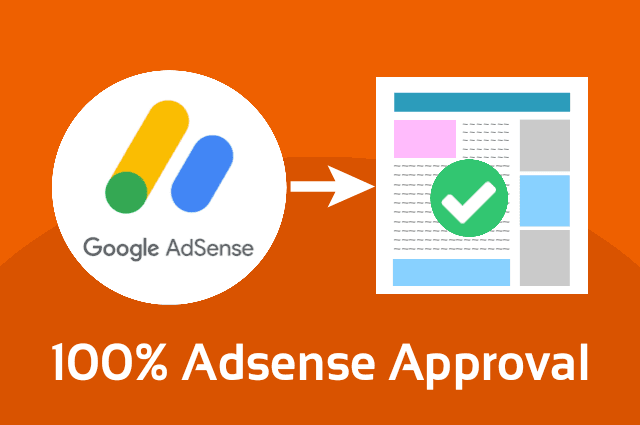1. Introduction
- Hook: Start with a compelling hook to grab readers' attention. For example, “Getting your blog or website approved for Google AdSense can be a game-changer for monetizing your content. But what does it take to get that coveted approval?”
- Purpose: Briefly explain what the post will cover, such as tips for approval, common pitfalls, and the importance of AdSense.
2. Overview of Google AdSense
- What is Google AdSense?: Provide a brief overview of Google AdSense, explaining that it’s a program that allows publishers to earn money by displaying ads on their websites or blogs.
- How It Works: Describe how AdSense works, including ad placement, revenue generation, and payment.
3. Why AdSense Approval Matters
- Monetization: Explain how AdSense can be a significant source of income for bloggers and website owners.
- Credibility: Mention how being an AdSense partner can enhance the credibility of a site.
4. Eligibility Requirements
- Content Guidelines: Outline the content guidelines required by Google AdSense, such as original content, no adult or illegal content, and adherence to copyright laws.
- Website Quality: Discuss the importance of having a well-designed, user-friendly website with quality content.
- Traffic and Engagement: While not always a strict requirement, having a decent level of traffic and user engagement can be beneficial.
5. Steps to Apply for AdSense
- Sign Up: Explain the process of signing up for AdSense, including creating a Google AdSense account.
- Add AdSense Code: Provide instructions on how to add the AdSense code to your website.
- Submit for Review: Describe how to submit your site for review and what happens during the review process.
6. Tips for Getting Approved
- High-Quality Content: Emphasize the importance of having high-quality, original content.
- Clear Navigation: Recommend having a well-organized site with easy navigation.
- Privacy Policy and About Page: Mention the need for a privacy policy, about page, and contact information.
- Responsive Design: Advise ensuring your site is mobile-friendly and has a responsive design.
- No Click Fraud: Warn against engaging in click fraud or any practices that could lead to a rejection.
7. Common Reasons for Rejection and How to Avoid Them
- Insufficient Content: Explain why having too little content can lead to rejection.
- Policy Violations: Detail common policy violations and how to avoid them.
- Technical Issues: Mention potential technical issues like broken links or slow loading times.
8. What to Do After Approval
- Ad Placement: Discuss how to strategically place ads on your site for optimal revenue.
- Monitoring Performance: Suggest using AdSense reports to monitor ad performance and adjust strategies.
9. Troubleshooting
- Rejection Appeals: Provide guidance on what to do if your application is rejected, including how to appeal or make necessary changes.
- Ongoing Compliance: Highlight the importance of ongoing compliance with AdSense policies to avoid account suspension.
10. Conclusion
- Summary: Recap the main points covered in the post.
- Encouragement: Offer encouragement and a call to action, such as starting the application process or reviewing their current site for improvements.
11. Call to Action
- Engagement: Encourage readers to leave comments with their experiences or questions about AdSense.
- Further Reading: Suggest related posts or resources for additional information.
12. SEO Optimization
- Keywords: Include relevant keywords such as “Google AdSense approval,” “how to get AdSense approved,” and “AdSense tips.”
- Meta Description: Write a compelling meta description for search engines.
- Internal Links: Link to other relevant content on your blog to keep readers engaged.
apply Now -- click here
By following this structure, you’ll create a comprehensive and helpful guide that can assist readers in navigating the Google AdSense approval process and ultimately achieve their monetization goals.


